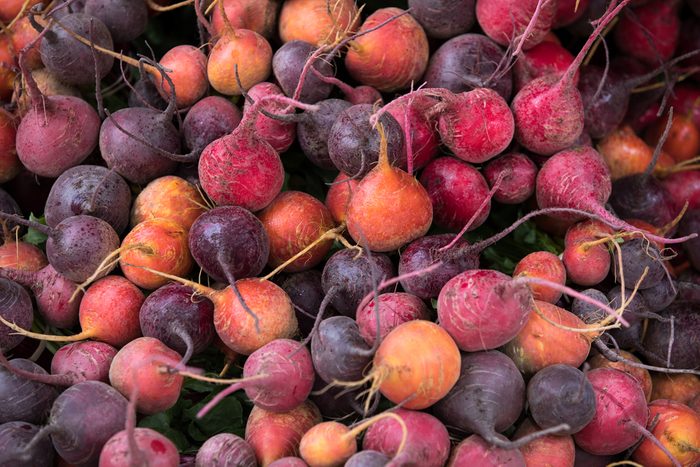
Beets
Beets are a fantastic superfood that contains betalains, phytochemicals that support your body’s natural detoxification processes and have potential cancer-fighting power. Plus, beets are rich in folate, a B vitamin linked to heart health. There are plenty of beet health benefits you’ve probably never heard about!
The gripe: They’re labor intensive to peel and prepare, and they leave your hands, cutting board, and kitchen counter stained red. Not to mention the scare you get with each bathroom visit for a couple of days after eating them!
What to eat instead: To solve the messy prep issue, you could buy beets from brands such as Love Beets, which have already been peeled, chopped, and cooked, so you can throw them right into your fall salads and soups. You could also pick up some golden beets to avoid staining. But if you’d rather skip the beets altogether, you can get some betalains from the stems of Swiss chard and plenty of folate from the leaves. (More on chard later.) Check out 14 fall superfoods you’re still not eating.
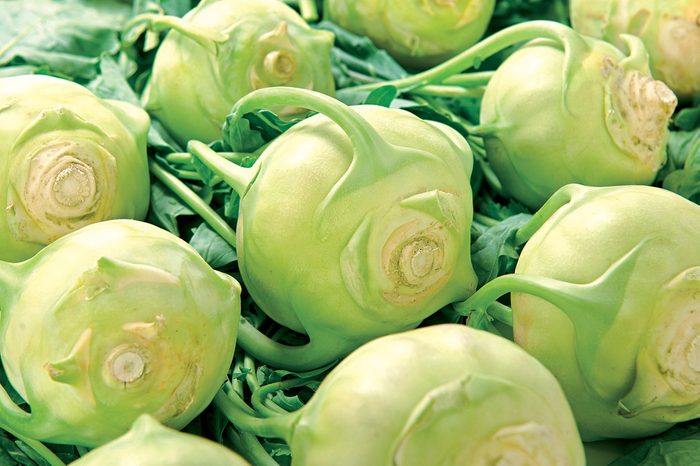
Kohlrabi
Also known as German turnip, kohlrabi is a member of the cabbage family and is closely related to kale, broccoli, and Brussels sprouts. This vegetable is an excellent source of vitamin C and a good source of fiber to help you stay full longer and for healthy digestion. And just like its relatives, kohlrabi is rich in phytochemicals called glucosinolates, which may help prevent breast and prostate cancer.
The gripe: Kohlrabi bulbs are similar to broccoli stems. They’re very fibrous and tough and need to be peeled and then grated to be eaten raw as a slaw or cooked in a stir-fry. All of that prep is a lot of work!
What to eat instead: You can buy kohlrabi already grated as part of superfood slaws like Mann’s Veggie Slaw Blends or as a low-carb pasta substitute such as Mann’s Kohlrabi Linguine. If you’d rather swap out the kohlrabi for a superfood with similar nutritional benefits, go for Brussels sprouts. No peeling required—just chop off the tip of the stem and roast your Brussels sprouts, or slice thinly and enjoy raw as a delicious salad. Read more about fall superfoods you may want to add to your menu.
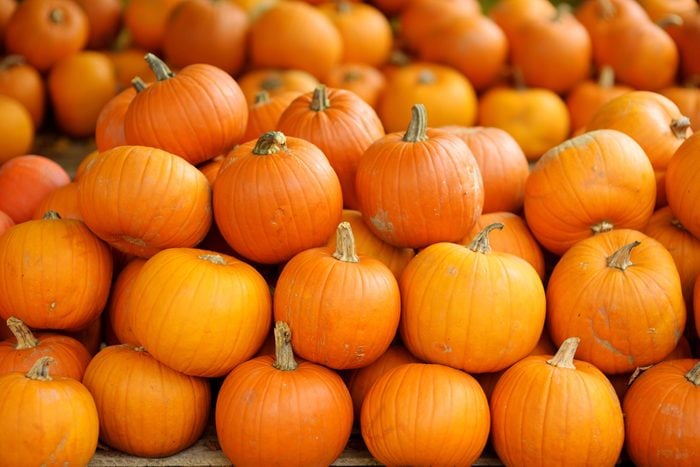
Pumpkin
This symbol of fall is not only delicious but is also loaded with antioxidant vitamins A and C to support healthy eyesight and a strong immune system. Plus, one cup of pumpkin has seven grams of filling fiber.
The gripe: Cutting through a pumpkin takes serious muscle, plenty of determination, and a very sharp knife (not to mention amazing knife skills to keep the pumpkin from rolling while you cut). Then there’s removing the thick outer skin and all the messy “guts” and seeds inside. To soften the pumpkin before cutting into it, you could pierce it with a knife and then roast the whole thing in the oven—but that means a time commitment of an hour or more. And we haven’t even gotten to the pureeing!
What to eat instead: To save time and energy this fall, pick up some canned pumpkin puree like Libby’s 100% Pure Pumpkin. It’s ready to use in your oatmeal, yogurt, latte, and festive pumpkin recipes. Don’t confuse this with pumpkin-pie filling, which already has sweetener and spices added to it for convenience. Try these 5 healthy pumpkin recipes for even more ideas.
If you want an alternative to pumpkin, go for sweet potatoes. They’re also rich in vitamins A and C, along with fiber. They’re easier to cut and can be pierced with a fork and microwaved in minutes. Plus, saving a step by leaving the skin on means you’ll get more fiber and nutrients. Find out ways to make these 8 superfoods even healthier.
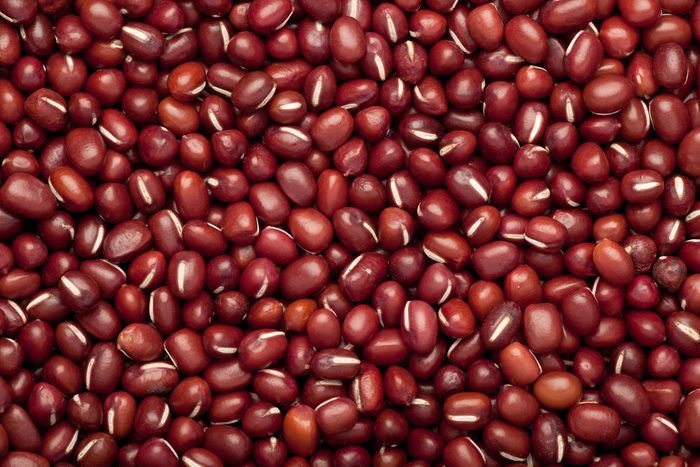
Adzuki beans
Adzuki beans, also known as red mung beans, are popular in Japanese and Chinese cuisine. In traditional Chinese medicine, they’re believed to support bladder and kidney health. One cup of adzuki beans contains an impressive 17 grams of protein and of fiber. Like many other beans, adzukis are a good source of potassium, which helps lower blood pressure, along with iron, for healthy red blood cells, and manganese, which helps regulate blood sugar levels.
The gripe: The nutritional benefits of adzuki beans are essentially interchangeable with other pulses such as kidney beans, pinto beans, chickpeas, and lentils—all of which are cheaper and easier to find.
What to eat instead: Choose a variety of beans that are more available rather than ones that seem more trendy or exotic. Red kidney beans are the same color as adzuki beans, which is a signal that they contain the same phytochemicals. If you’re making red bean paste, keep in mind that you may need to add more sweetener because kidney beans aren’t naturally as sweet as adzuki beans. Read about the 13 superfoods every healthy woman needs in her diet.
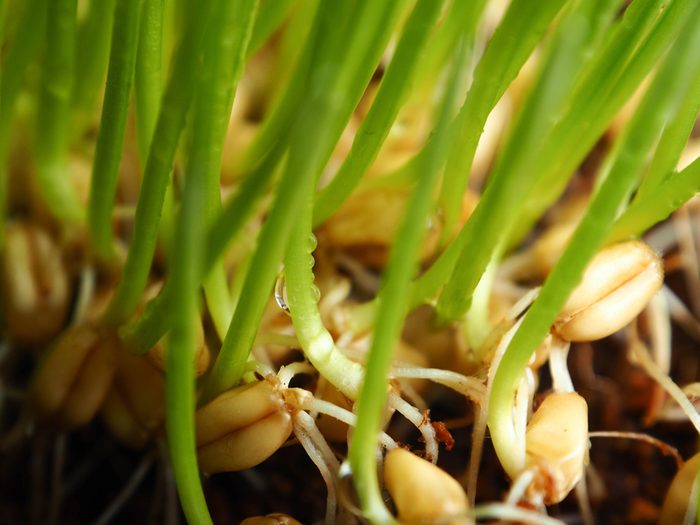
Wheatgrass
As the days get shorter and cold and flu season arrives, you’ll be willing to try almost anything to boost your immune system. Does taking wheatgrass shots make that list? Wheatgrass is rich in calcium and iron, along with vitamins A, C, and E and chlorophyll. Chlorophyll may also help prevent and fight cancer and boost healing.
The gripe: Wheatgrass and wheatgrass juice are hard to find and expensive, and growing your own wheatgrass at home is definitely a time investment. There isn’t enough research on wheatgrass to demonstrate that it offers nutritional advantages over more accessible and affordable leafy greens. Plus, it doesn’t taste very pleasant.
What to eat instead: Broccoli is always in your grocery store and affordable fresh or frozen. And just like wheatgrass, it contains vitamins A, C, and E, as well as calcium, iron, and chlorophyll. Try these 7 better ways to cook superfoods.
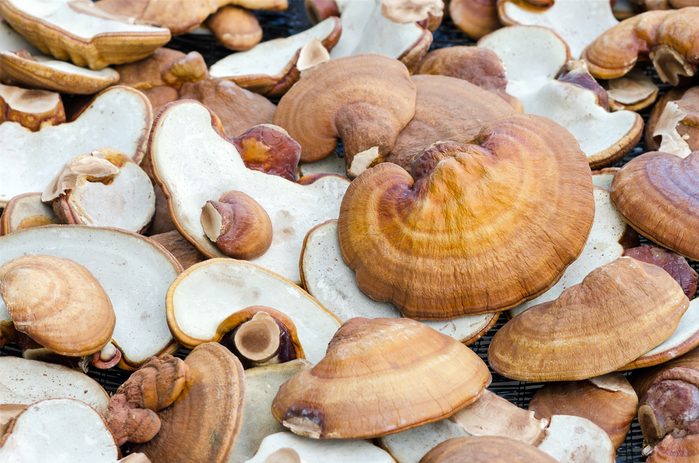
Reishi mushrooms
One of the trendiest superfoods of the moment, reishi mushrooms are showing up in tea and coffee blends, tonics, and capsules. They’re advertised as helping to manage stress and even boost energy levels. Mushrooms contain beta-glucan, a form of soluble fiber with cancer-fighting potential. Beta-glucan may also help boost immunity and could help lower blood sugar levels.
The gripe: Reishi mushroom supplements are not only tough to find but can also cost you $50 or more—and that’s without much evidence that they can improve your health more than other mushroom varieties.
What to eat instead: All mushrooms—including oyster, shiitake, maitake, and enoki—are low in calories and contain beta-glucan. Instead of spending your money on expensive supplements, take a whole-food approach and use a variety of fresh and dried mushrooms you can find at your local grocery store. Beware of these 9 superfoods that may make you gain weight.
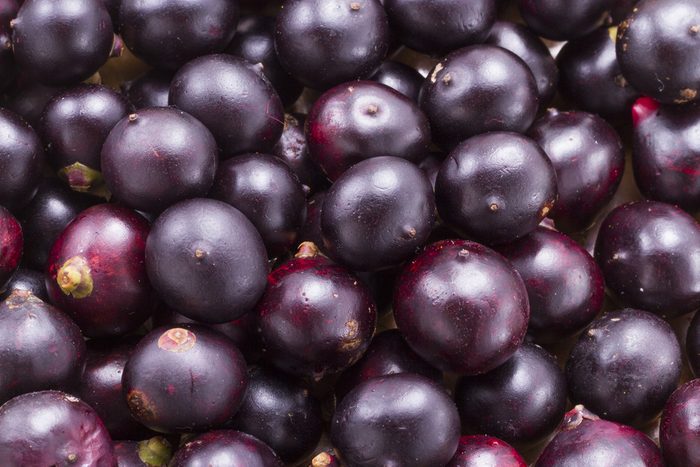
Acai
Acai berries are popular in juice-bar smoothie bowls and as powders thanks to their potential immune-boosting power. This dark-purple berry is found in the Amazon rain forest and is rich in antioxidants called anthocyanins.
The gripe: As you might have guessed, exotic ingredients carry a hefty price tag. An acai-smoothie bowl will run you about $10, while a package of acai powder averages about $25 for eight ounces. And keep in mind that this is for something that’s an add-on supplement, not a main part of your meal or snack.
What to eat instead: Blueberries may be small, but they’re mighty when it comes to nutrition. Like acai berries, they’re dark purple, a hint that they’re rich in anthocyanins. Plus, blueberries have far more research behind them supporting their benefits as part of a healthy diet. Blueberries are also a good source of fiber for a healthy digestive system, and they’re a good source of vitamin C, an antioxidant that helps your immune system function properly. They also win out for affordability and availability: You can find them at your supermarket fresh or frozen any time of year. Check out the top 10 healthiest fruits of all time.
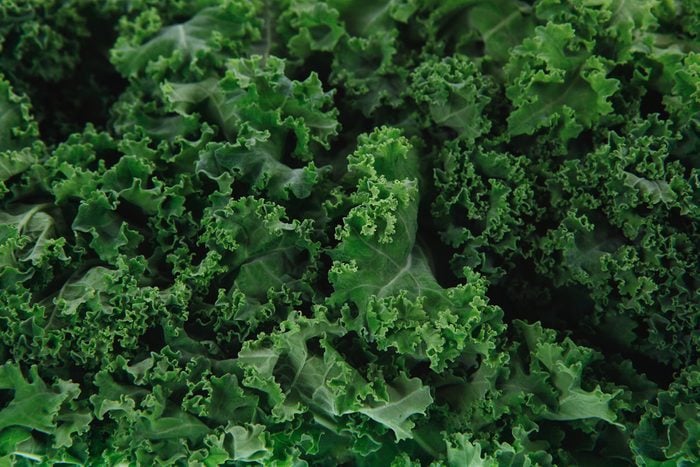
Kale
One of the most talked-about superfoods over the past few years, kale needs to step aside and share the spotlight with some other leafy greens.
The gripe: Sure, you can sauté kale or add it to your smoothies without much muss or fuss, but to turn it into a salad, you have to massage it. I refuse to massage a vegetable—that makes kale high-maintenance in my book!
What to eat instead: I’m not saying kick kale to the curb entirely, but mix things up and choose a variety of green, leafy vegetables for maximum flavor, texture, and nutrients. Swiss chard is an underappreciated leafy green that deserves some love. One cup of Swiss chard has only 35 calories and serves up 4 grams of fiber, more potassium than a banana, and more than 100 milligrams of bone-building calcium. Chard is also rich in antioxidants lutein and zeaxanthin, which help protect your eyesight as you age. Chard works perfectly in any recipe you’d use kale in—no massaging required. Find out which 12 top superfoods every healthy man needs in his diet.

Chlorella and spirulina
These microalgae are sold as tablets or powders and are a trendy ingredient at juice and smoothie bars. Proponents claim that they can boost energy levels and provide plant-based protein and vitamin B12.
The gripe: Not only are chlorella and spirulina hard to find and expensive, but there isn’t much research supporting their health benefits. What’s more, the nutritional value of these algae varies depending on the source. And then there’s the fact that some of these supplements can be contaminated with heavy metals.
What to eat instead: Chlorella and spirulina contain about four grams of protein per tablespoon. That’s the same amount as a tablespoon of peanut butter, which also has healthy fats to keep you satisfied and is way kinder to your wallet! Don’t rely on expensive supplements to meet your plant-based protein needs; everyday foods such as beans, lentils, nuts and seeds, and eggs will do just fine.
If you want to get some of the other benefits of chlorella and spirulina for a lower price tag, try large algae, aka seaweed. Whether you have nori (the wrap for your sushi) or kelp in a soup broth called dashi, seaweed is higher in fiber than chlorella and spirulina and is a good source of minerals. A healthy gallbladder is essential for digesting fat, among other things; try these 8 superfoods for a happier gallbladder.
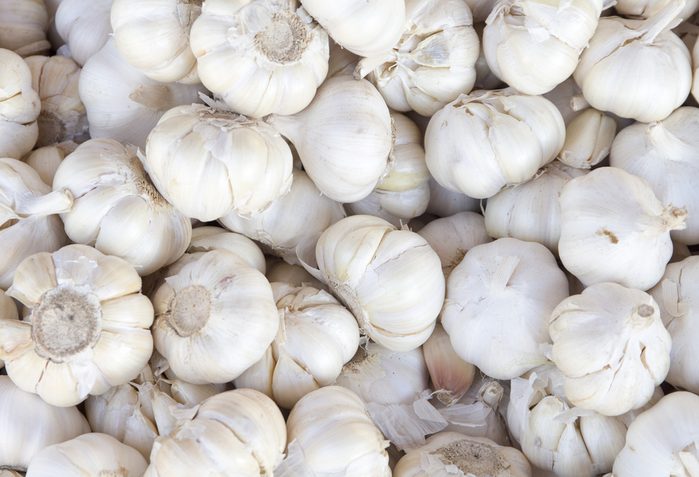
Garlic
This superfood isn’t trendy—it’s been popular for thousands of years not only for its health benefits but also for making cozy fall and winter recipes even more delicious. Garlic has antioxidant and antimicrobial powers, making it a fantastic food for cold and flu season. Garlic can also help lower blood pressure and LDL (bad) cholesterol levels, which is why it’s a heart-healthy addition to your diet.
The gripe: Garlic is so time-consuming to prepare. Removing the papery covering can be a chore, not to mention chopping it finely enough so that no one gets a big garlicky bite in the final dish.
What to eat instead: Garlic is so nutritious and tasty that you should stick with it. If the preparation turns you off, try using garlic powder or freeze-dried garlic in your recipes. You can also buy Dorot Gardens frozen garlic cubes to pop into your soups, stews, and stir-fries. Tempt yourself with these 12 delectables you didn’t know were superfoods.
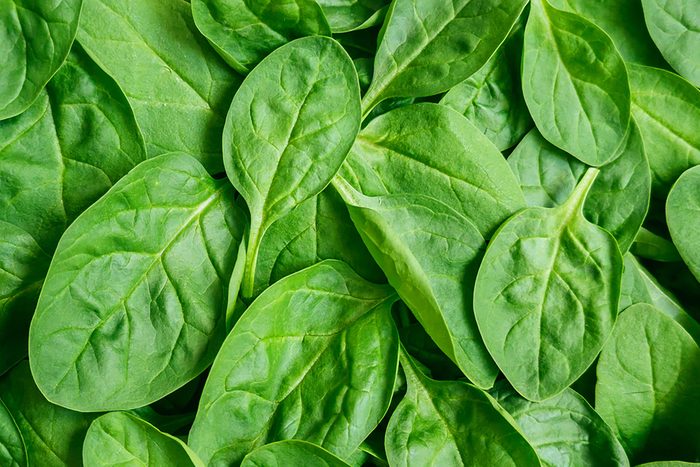
Spinach
I have a love-hate relationship with spinach. It’s certainly loaded with nutrients, resulting in potential benefits for cancer prevention, blood pressure reduction, and eye health. And in the warmer months, I enjoy raw baby spinach in salads and wraps. But as soon as fall hits, I’m craving warm and cozy foods. And as soon as you cook spinach, you know what happens …
The gripe: A six-cup container of fresh spinach shrinks down to an amount that wouldn’t feed a small child. That can be frustrating when you’re trying to fill half your plate with vegetables.
What to eat instead: To all the spinach lovers out there, load up on frozen spinach instead of fresh when you’re planning to cook it. A large container of fresh spinach will cost you about $5, while a block of frozen spinach will only be about $1 and contains much more spinach. Making this one small change will save you money and plenty of frustration.
If you want to move away from spinach and add variety with a vegetable you can steam that won’t shrink down too much, try broccoli. The amount you buy raw is roughly the amount you’ll get once it’s cooked—no surprises. Trust that these 11 superfoods have stood the test of time.
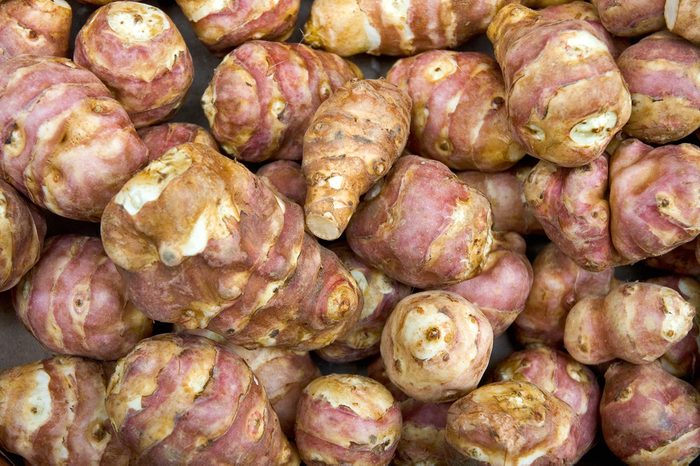
Jerusalem artichokes
Also known as sunchokes, these starchy fall favorites are actually a type of sunflower. Jerusalem artichokes contain a special type of prebiotic fiber called inulin that acts as food for the good bacteria in your gut. These little tubers are also high in potassium, which can help counteract the effects of sodium on blood pressure.
The gripe: Jerusalem artichokes can be tough to find and are more expensive than other starchy vegetables. They’re also known to make you gassy thanks to the inulin, so keeping portion sizes small is a good strategy!
What to eat instead: If you can’t find Jerusalem artichokes at your grocery store, potatoes are the perfect substitute. They’re always available, they’re budget-friendly, and potatoes have the same amount of calories and fiber as Jerusalem artichokes for the same serving size. Potatoes also contain resistant starch, another prebiotic for gut health.
If you’re concerned about the effect of potatoes on your blood sugar levels, opt for waxy potatoes such as red or fingerling potatoes. Eating them boiled or roasted also leads to a lower—and slower—blood sugar response than eating them mashed. Avoid these 20 foods that are never worth the calories.
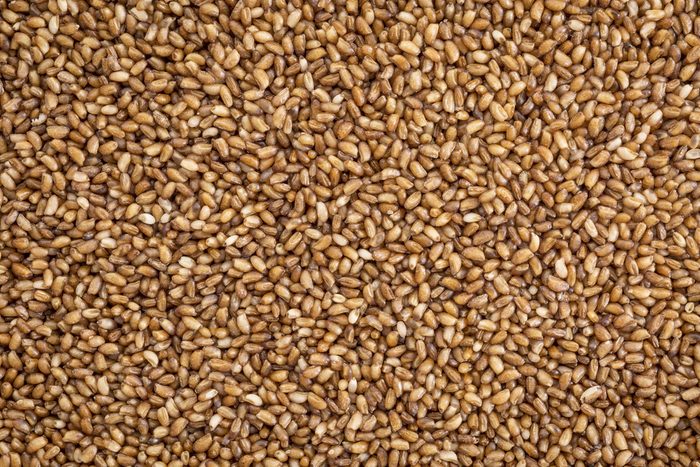
Teff
Hearty whole grains are some of fall’s essential superfoods. Teff is gaining traction because it’s high in calcium and rich in resistant starch, which may help promote weight loss. You’ll find teff in injera, the spongy bread served at Ethiopian restaurants. These tiny grains are also eaten as a hot breakfast cereal, and the flour is sometimes used to make bread and tortillas.
The gripe: Teff is expensive at about $8 a pound. Plus, it can be challenging to find at most grocery stores.
What to eat instead: Oats are one of the most affordable and available superfoods you can find. Old-Fashioned Quaker Oats are 100 percent whole grain and contain beta-glucan, which lowers LDL cholesterol levels. One serving of oats provides four grams of fiber, which supports your digestive health.
And what could be more comforting (and filling) than a bowl of oats on a crisp fall morning? Rolled oats are a great addition to your morning smoothie to make it more satisfying and energizing. You can also find plenty of breads and baked goods made with oat flour. I like to make my own oat flour by buzzing up rolled oats in my food processor or coffee grinder. Learn about 20 superfoods that could help you lose weight.
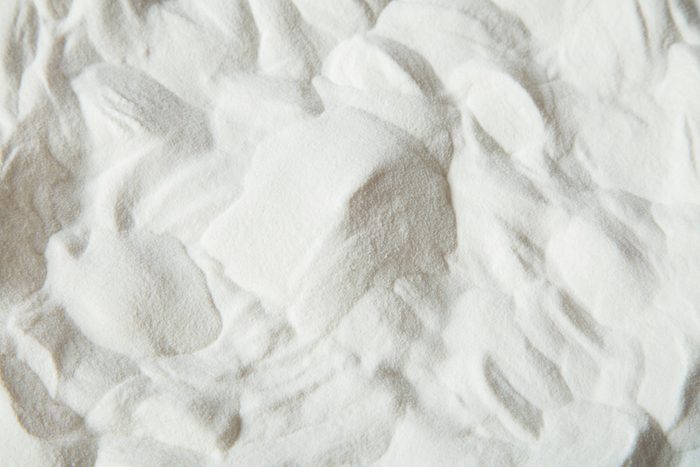
Collagen
Another trendy superfood, collagen is a powdered protein that some people believe can protect skin and ease aching joints. Collagen enthusiasts are adding it to coffee, smoothies, and more.
The gripe: Collagen is pricey, with some popular powders going for $40 a container. Plus, it’s not available in most grocery stores; it’s also likely that there’s more hype than help to this substance.
What to eat instead: Bone broth contains collagen and is a healthier choice than collagen powder because it’s a whole food. When bones and meat are slow-cooked in liquid, they release collagen protein into the broth. You can make your own bone broth at home in a large pot or slow cooker, or buy it already made.
If the thought of bone broth doesn’t appeal to you, don’t worry. Nutritious everyday foods such as dairy products, eggs, meat, fish, soy, and beans will give your body more than enough of the amino acids it needs to make collagen.
Vitamin C plays an important role in collagen production, so enjoy foods rich in vitamin C, such as oranges and grapefruit, strawberries, kiwifruit, broccoli, and bell peppers, as part of your collagen-boosting diet. Bone up on the top 9 foods for maximum brainpower.
